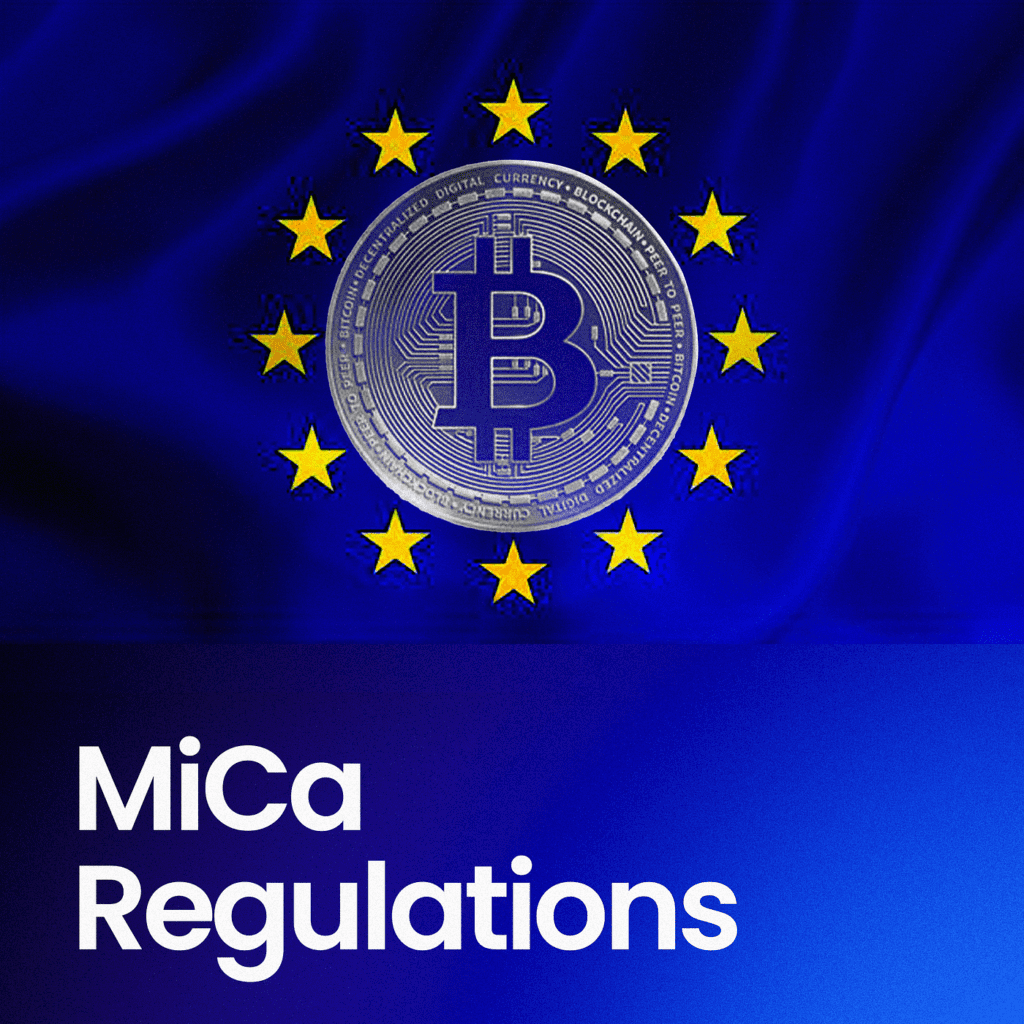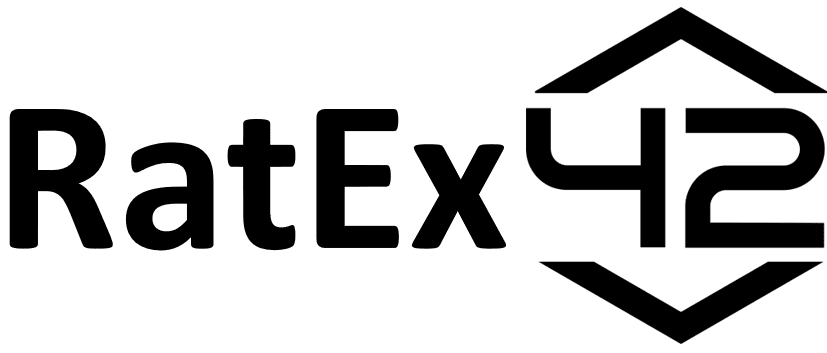
The introduction of the Markets in Crypto-Assets Regulation (MiCA) by the European Union marks a significant turning point in the regulation of the crypto market. Specifically for issuers of security tokens and crypto exchanges, MiCA brings a series of specific requirements and adjustments. In this article, we delve into the impacts of these new regulations and how they will transform the landscape of crypto trading.
What are Security Tokens?
Security tokens are digital securities that represent shares in real assets such as stocks, bonds, or real estate and are issued on a blockchain. They combine the traditional advantages of securities with the technical benefits of blockchain technology, such as transparency, security, and rapid settlement.
MiCA’s New Rules for Security Token Issuers
1. Licensing and Registration:
Issuers of security tokens must obtain a license from the relevant national authorities. This ensures that only reputable and financially sound actors operate in the market. The licensing requirements include:
- Proof of Financial Stability: Issuers must demonstrate financial reserves to cover potential risks and losses.
- Business Plan and Whitepaper: A detailed business plan and a whitepaper containing all relevant information about the token, the underlying assets, and the risks are required.
2. Transparency and Disclosure:
MiCA places great emphasis on transparency. Issuers must provide comprehensive information, including:
- Regular Reports: Quarterly and annual reports disclosing the financial condition, performance of the underlying assets, and all relevant developments.
- Risk Assessments: Detailed risk assessments to help potential investors make informed decisions.
3. Investor Protection:
- Customer Data Protection: Issuers must implement measures to ensure the protection of personal data.
- Right of Return: Investors are granted a right of return if essential information was not disclosed or was misleading.
4. Market Manipulation and Insider Trading:
- Monitoring and Reporting Obligations: Issuers must monitor transactions and report suspicious activities to prevent market manipulation and insider trading.
MiCA’s New Rules for Crypto Exchanges
1. Licensing and Registration:
Crypto exchanges that trade security tokens must also obtain a license. This includes:
- Financial Reserves: Proof of sufficient financial reserves to ensure smooth operations.
- Security Standards: Implementation of security protocols to protect the exchange and customer assets from cyberattacks.
2. Transaction Monitoring and Compliance:
- AML/KYC Processes: Strict Anti-Money Laundering (AML) and Know-Your-Customer (KYC) requirements must be met. This includes verifying the identities of all users and continuously monitoring transactions.
- Transparency: Exchanges must keep detailed records of all transactions and make them available to regulatory authorities upon request.
3. Investor Protection:
- Safeguards: Crypto exchanges must implement mechanisms to protect investors, including safeguarding customer funds and establishing compensation funds in case of losses due to fraud or insolvency.
- Educational Initiatives: Providing educational resources for investors to promote understanding of security tokens and their risks.
Challenges and Opportunities
Challenges for Issuers:
- Compliance Costs: Adhering to MiCA regulations requires significant investment in legal advice, IT systems, and compliance measures.
- Market Access: Smaller companies may struggle to meet the stringent requirements, leading to a concentration on larger, established players.
Opportunities for Issuers:
- Building Trust: Adhering to strict regulations strengthens investor confidence and can lead to broader market acceptance.
- Market Opportunities: A clear and stable legal framework provides planning security and promotes the development of new products and services.
Challenges for Crypto Exchanges:
- Technological Adjustments: Crypto exchanges need to update their systems to meet new security and compliance requirements.
- Competition: Competition will intensify as only exchanges meeting the highest standards will survive.
Opportunities for Crypto Exchanges:
- Increased Credibility: Regulated exchanges enjoy higher trust among investors, leading to larger trading volumes and higher liquidity.
- Expanded Services: By complying with MiCA, exchanges can offer new services, such as trading a wider variety of security tokens.
Conclusion
The MiCA regulation brings profound changes for both issuers of security tokens and crypto exchanges. The new rules present challenges but also immense opportunities. Compliance with the regulations can strengthen market trust, foster innovation, and pave the way for sustainable growth in the crypto sector.
Issuers and exchanges must thoroughly understand the new regulations and adapt their processes accordingly. Those who rise to the challenge will benefit significantly in a regulated and stable market environment. The MiCA regulation not only opens new avenues for trading security tokens but also lays the foundation for the future of the crypto market in Europe.
Additional Aspects of the MiCA Regulation
Technological Innovations and Blockchain Interoperability
Another important aspect of the MiCA regulation is the promotion of technological innovations and ensuring interoperability between different blockchain platforms. This includes:
1. Technological Standards:
MiCA advocates for the establishment of uniform technological standards that enable different blockchain networks to communicate and interact seamlessly. This facilitates the development and implementation of applications that can operate on multiple platforms.
2. Innovation Promotion:
By providing a clear legal framework, MiCA incentivizes investment in new technologies and solutions. Start-ups and innovative companies have the opportunity to develop and test new business models without fearing regulatory uncertainties.
International Cooperation and Harmonization
MiCA emphasizes the importance of international cooperation and harmonization of crypto regulations globally. Measures include:
1. Cooperation with International Regulators:
The EU aims to work closely with other countries and international organizations to develop and enforce global standards for crypto-assets. This helps prevent regulatory arbitrage and promotes global market stability.
2. Harmonization of Regulations:
By harmonizing crypto regulations within the EU and collaborating with other jurisdictions, cross-border transactions and investments are facilitated. This promotes the growth and integration of the global crypto market.
Sustainability and Environmental Considerations
Another aspect of the MiCA regulation is the consideration of sustainability and environmental impacts in the crypto sector. This includes:
1. Environmentally Friendly Practices:
Issuers of security tokens and crypto exchanges are encouraged to adopt environmentally friendly practices, such as using renewable energy for operating blockchain networks and implementing measures to reduce their carbon footprint.
2. Sustainability Reporting:
Crypto sector companies must regularly report on their sustainability practices and their environmental impacts. This ensures that ecological criteria are integrated into business strategies and the public is informed about environmental performance.
These additional aspects underscore the comprehensive and forward-looking goals of the MiCA regulation to not only make the crypto market safer and more transparent but also to promote innovation, strengthen international cooperation, and ensure sustainability.
